While I do the images, you need to understand how a horse moves. The ideal position to capture them cantering or at full gallop is in extension. Let's take the canter - the leading leg depends on which way they are circling. If it is a left circle, then it is easier for them to lead on the left foreleg and the reverse for a right hand circle. If they are going straight then each horse will have a stronger, preferred side. I'm not into racing, but I think in this country the courses are anti-clockwise, so expect them to lead with the left foreleg.
You need to watch that leg and count. Eventually it would become natural, but I would advise you to count from 1 to 4 with each number timed as that front leg is extended. You need to click the shutter a fraction of a second before that. If the leg has touched the ground you will make them look heavy on the forehand.
Give them empty space in front for them to "move into".
In the collecting ring, make sure ears are forward and eyes are alert. Thoroughbreds don't have the high tail carriage that Arabs do, but the tail should be carried well and the horse should exude presence.
This first image is very, very old, but is a rough example of being slightly heavy on the forehand.
The second one isn't at a canter, but the extension and timing are spot on.
Finally, you might just get lucky and capture something like this!







